Planted "electronic nerves", paralyzed mice can also play, Bao Zhenan's team results are on Nature
Author:Quantum Time:2022.08.19
Fish and sheep from the quantity of the Temple of Temple | Public Account QBITAI
Planting an electronic nerve, mice, who had lost their ability to move, played directly.
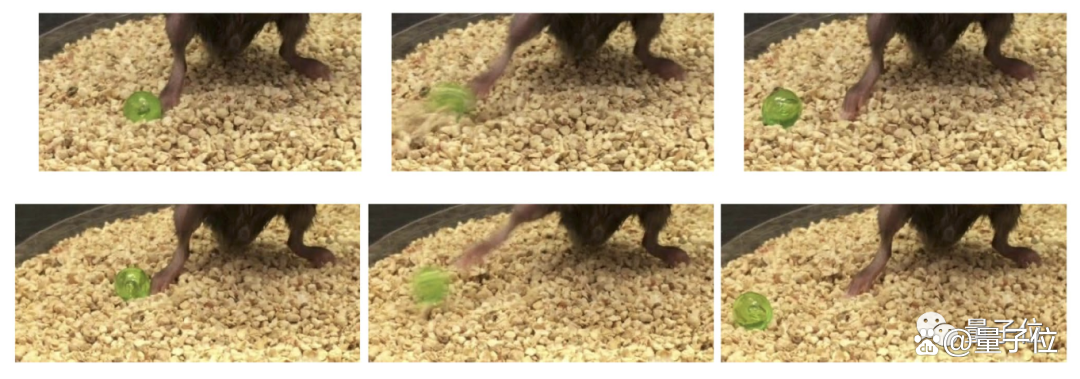
This matter is now published in the Nature sub -magazine "Nature · Biomedical Engineering". The research team is led by Bao Zhenan, a well -known Chinese scientist.
And such an artificial "nerve", like real nerves, works by transmitting biological nerve signals to organs.
TAE-WOO Lee, another communication author of the paper, said:
This is the first time that the biological electronic nerve transmits neuros signals to biological organs.
Bao Zhenan more directly pointed out the potential: providing the theoretical cornerstone for more friendly and more practical wearable puppies.
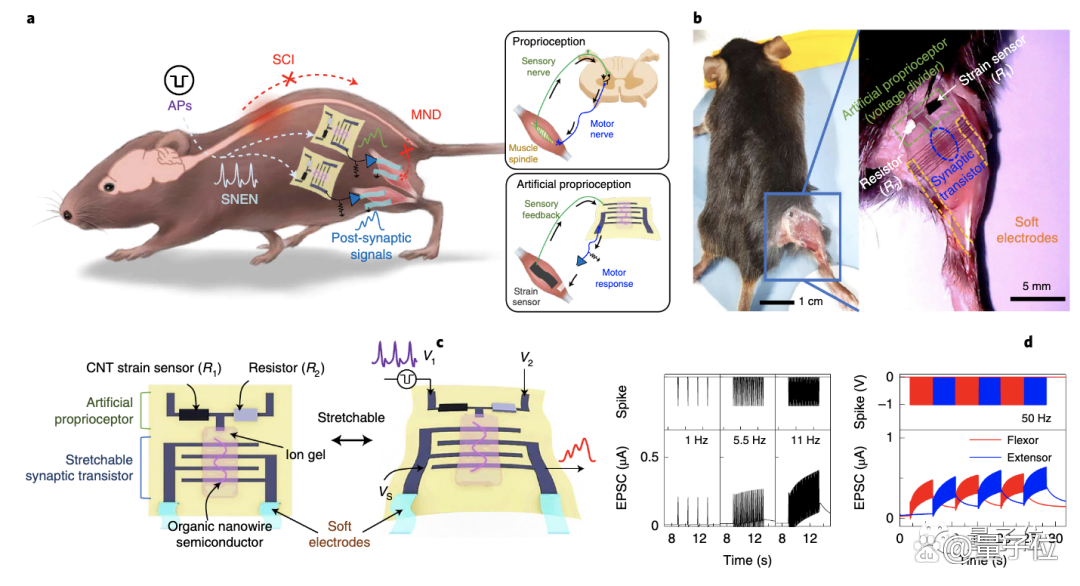
Use artificial nerves to restore the mouse to the autonomous movement
In fact, the use of functional electrical stimulation to help patients who lose exercise due to nerve injuries for rehabilitation treatment are not uncommon clinically.
The problem is that the traditional neural rehabilitation equipment is a bit far away from daily use.
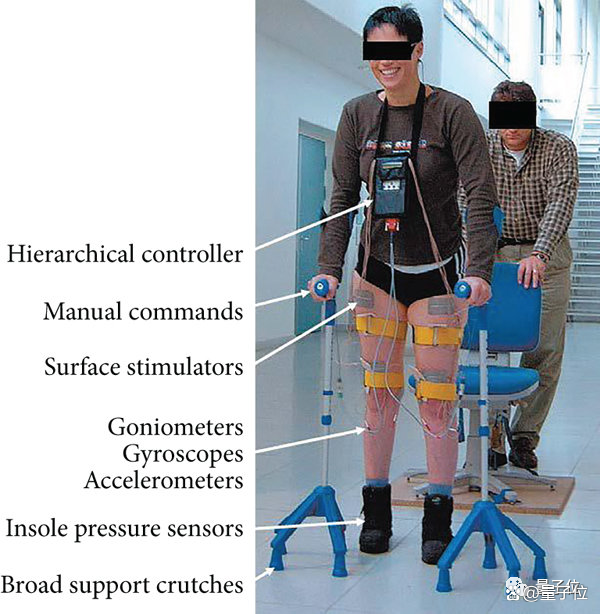
△ Source: Neural PRosthetics: a Review of Empirical vs. Systems Engineering Strategies
On the one hand, traditional equipment usually depends on external computers, with large power consumption and poor biocompatibility.
On the other hand, if you use a constant electric pulse to stimulate the body, it may cause severe muscle contraction and cause discomfort.
And if the voltage slope is used at the stage of stimulation start and stop, an additional function generator needs to be needed to cause the device to be even more bulky.
As a result, researchers at Seoul University and Stanford University turned their attention to artificial nerves.
Specifically, researchers have proposed a stretching nerve form to say nerve (SNEN).

SNEN can bypass the damaged nerves. The electrical physiological signal is re -guided through soft nerve interface and stretching electronic system, and it is sent to the muscles to replace the damaged nerve function.
In terms of structural, SNEN uses organic semiconductor nano wires as artificial synapses, and carbon nanotubes (CNT) strain sensors are used as artificial muscles.
In other words, researchers have built a "artificial ontology sensor" to provide real -time feedback from electronic nerves without the need to use the power of external computers.
The body sensor in the human body is located at the endotic end of the motion organ. It can convert the stimulus signal generated by the movement into nerve impulses into the central nervous system to stabilize the body's posture and regulate the body movement.
The bionic input action potential (AP) signal is input to the artificial body feel, and then transferred to the synapse crystal tube.
Carbon nanotubes -strain sensor detect muscle strain and regulates the output voltage of the artificial body sensor.
Since then, the synapses of the simulation feedback control will be applied to the gate of the artificial synapse crystal tube, which will generate a post -mortem discharge output signal to stimulate the leg muscles of the mice.
In this way, just like the real nerves, these artificial nerves can release electrical signals that gradually increase/decrease.
In addition, the power consumption of this device is only 1/150 of the traditional microprocessor system.

The experimental results showed that the paralyzed mice implanted in this artificial nerve successfully restored the leg movement: the walking and running actions were achieved on the treadmill.
And as the beginning was displayed, the researchers also arranged the football.
Communication author TAE-WOO Lee said:
This study uses neuropsychological, not biomedical technology in engineering practice that overcomes nerve injury. This has opened a new way to improve the quality of life of people with related diseases.
research team
The study comes from the international team led by Professor Bao Zhenan of Stanford University and Professor TAE-WOO Lee of Seoul University.
Bao Zhenan is a well -known Chinese chemist, a foreign academician of the Chinese Academy of Sciences, an academician of the National Academy of Engineering, an academician of the American Academy of Sciences and Sciences, and currently a professor at the Department of Chemistry Engineering at Stanford University.
She is well -known in the field of organic electronic materials and devices and is recognized as the pioneers and leaders of organic electronics and bionic organic electrons.
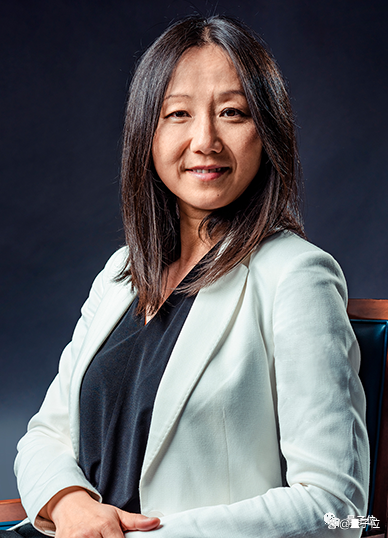
TAE-WOO Lee is currently a professor of the Department of Materials Science and Engineering of Seoul University, a professor of chemistry and biological engineering, and was a visiting professor at Stanford University.
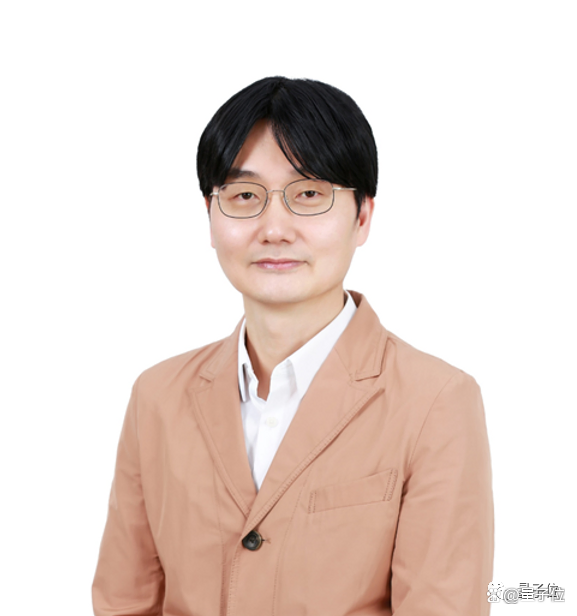
Reference link: [1] https://www.nature.com/articleS/S41551-022-00918-x [2] https://spectrum.org/artificial-sves
- END -
Qi! These technologies are no longer "stuck neck"

Core key technologies must not stuck neck. Rocket Academy adheres to self -relianc...
Apply digital technology to shape a more inclusive society
On June 1st, the website of the Brookings Society in the United States published an article Can the digital era look forward to the tolerance future? The article mentioned that while the social ch